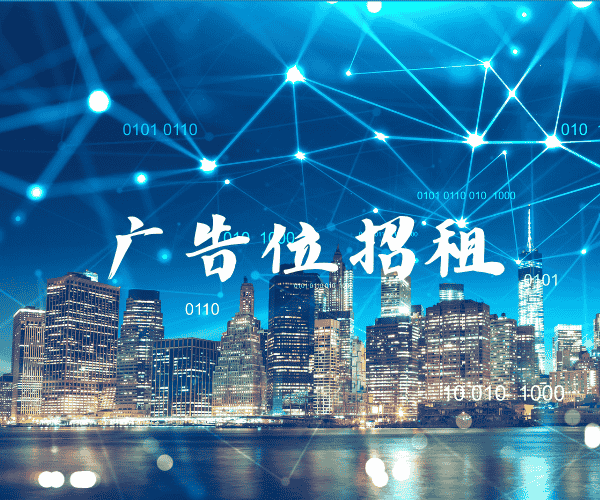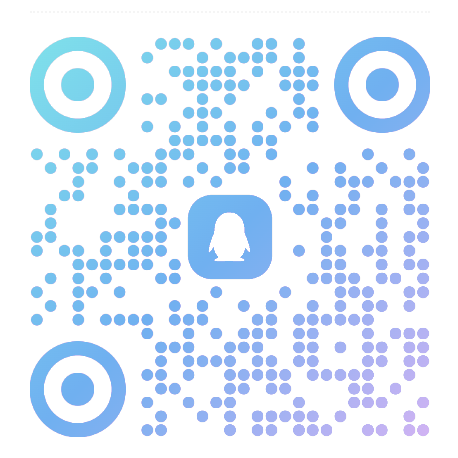AIGC风格可以分为 several categories, each with its own characteristics and applications. Here are some of the most common AIGC styles:
1. **Neural Style Transfer**
- **Definition**: Neural style transfer is a technique that uses deep learning to transfer the style of one image to another. It involves training a neural network to understand the style of a given image and then applying that style to a different image.
- **Applications**: This technique is used in various applications such as image enhancement, artistic creation, and even in the film industry for special effects.
- **Example**: Using a neural style transfer model, you can take a photograph of a landscape and apply the style of a famous painting like Vincent van Gogh's "Starry Night" to it.
2. **Generative Adversarial Networks (GANs)**
- **Definition**: GANs are a type of machine learning model that consists of two neural networks: a generator and a discriminator. The generator creates new data instances, while the discriminator evaluates them for authenticity. The two networks are trained together in a zero-sum game, where the generator tries to fool the discriminator and the discriminator tries to distinguish real data from fake data.
- **Applications**: GANs are used for generating realistic images, videos, and audio, and have applications in fields such as computer vision, natural language processing, and even in the creation of synthetic data for training other machine learning models.
- **Example**: A GAN can be trained to generate realistic images of faces that do not belong to any real person.
3. **Reinforcement Learning (RL)**
- **Definition**: Reinforcement learning is a type of machine learning where an agent learns to interact with an environment by performing actions and receiving rewards or penalties. The goal of the agent is to maximize the cumulative reward over time.
- **Applications**: RL is used in a variety of applications such as game playing, robotics, and autonomous driving.
- **Example**: AlphaGo, a RL-based program developed by Google, was able to defeat a world champion in the game of Go.
4. **Transformers**
- **Definition**: Transformers are a type of deep learning model that uses self-attention mechanisms to process sequences of data. They are particularly effective in tasks involving natural language processing.
- **Applications**: Transformers are used in a wide range of NLP tasks such as language translation, text generation, and sentiment analysis.
- **Example**: The BERT model, a type of transformer, has been used to improve the accuracy of many NLP tasks.
5. **Autoencoders**
- **Definition**: Autoencoders are a type of neural network used for unsupervised learning of efficient codings. They consist of an encoder that compresses the input data into a lower-dimensional representation, and a decoder that reconstructs the original data from the compressed representation.
- **Applications**: Autoencoders are used for tasks such as dimensionality reduction, feature learning, and data denoising.
- **Example**: An autoencoder can be used to compress images into a smaller file size while maintaining most of the original information.
These are just a few examples of the many AIGC styles that exist. Each style has its own strengths and is suited for different types of applications.
©️版权声明:本站所有资源均收集于网络,只做学习和交流使用,版权归原作者所有。若您需要使用非免费的软件或服务,请购买正版授权并合法使用。本站发布的内容若侵犯到您的权益,请联系站长删除,我们将及时处理。








 鄂公网安备42018502008087号
鄂公网安备42018502008087号